Reducing the age at which cattle are finished and the introduction of feed additives will be two of the key measures farmers can deploy to cut emissions from the sector.
Professor Gary Lanigan, research officer at Teagasc, said that reducing the age at slaughter by three months would account for an almost 15% reduction in emissions.
“The second biggest measure it going to be feed additives into the future. They’re experimental now at the moment, however Bovaer, which is one of the additives, will be on the market pretty soon.
“We expect to see a range of other feed additives coming on the market within the next three to four years.
“There’s the old favourite of protected urea. Switch from CAN and switch from straight urea to protected urea and also switch from your 28-2.5-5 to your 18-6-12. That can reduce nitrous oxide emissions by about 40%,” he told the Irish Farmers Journal.
Then there are diversification options, he said, such as growing feedstock for biomethane.
“That’s going to need a biomethane industry, so again we’re going to have to see some joined up thinking between different government departments,” he said.
Land use
On the land use side, Lanigan said managing the current forestry stock and lengthening out the age of the rotation will be key.
“Currently, we clear-fell our forests before they reach their maximum growth rate. If you lengthen out the maximum mean annual increment, we can offset some of our emissions and you’ll also end up with a larger wood harvest.”
Cow numbers
Around 140,000 livestock units will be displaced as a result of farm diversification in the coming years under the MACC plan.
“Some of that is down to an increase in organics, some of it is displaced through forestry,” Lanigan said. “Up to now forestry hasn’t displaced any livestock, but as the soils that we can afforest zone more towards productive land, we’re probably going to see a little bit of displacement there.
“Probably the big displacer into the future maybe is the biomethane piece, but it’s going to need a viable biomethane industry in order to do that,” he said.
There’s no point in farmers growing feedstock for an industry that doesn’t exist, he added.
The MACC is a plan and unless we get adoption it’s just going to be another report sitting gathering dust on a shelf, he added.




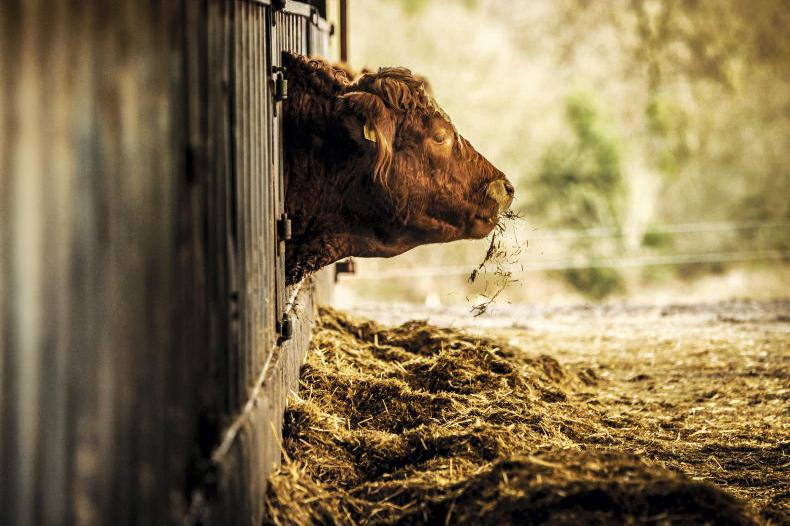
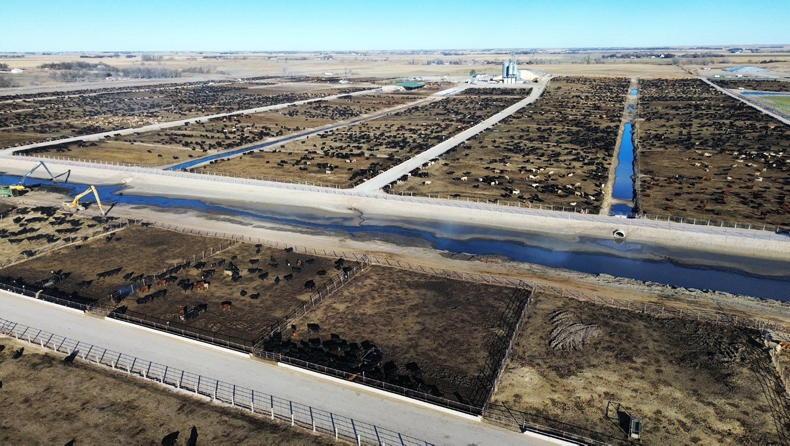

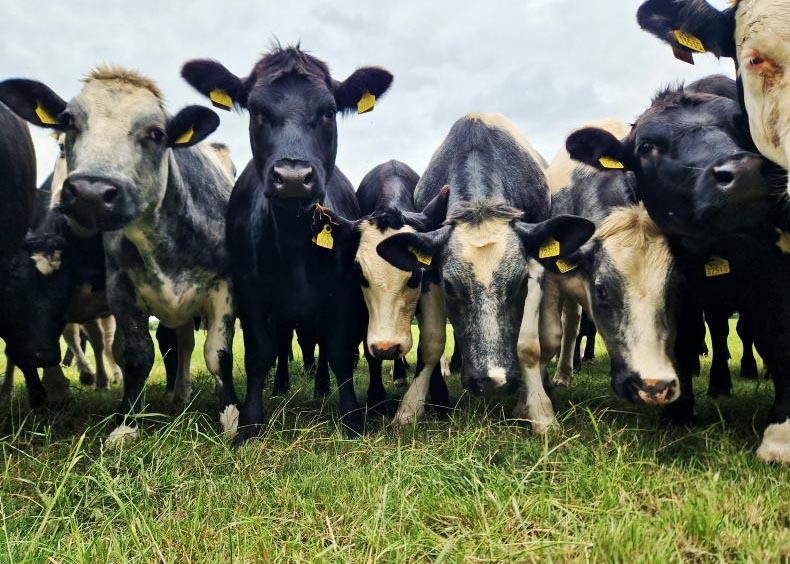
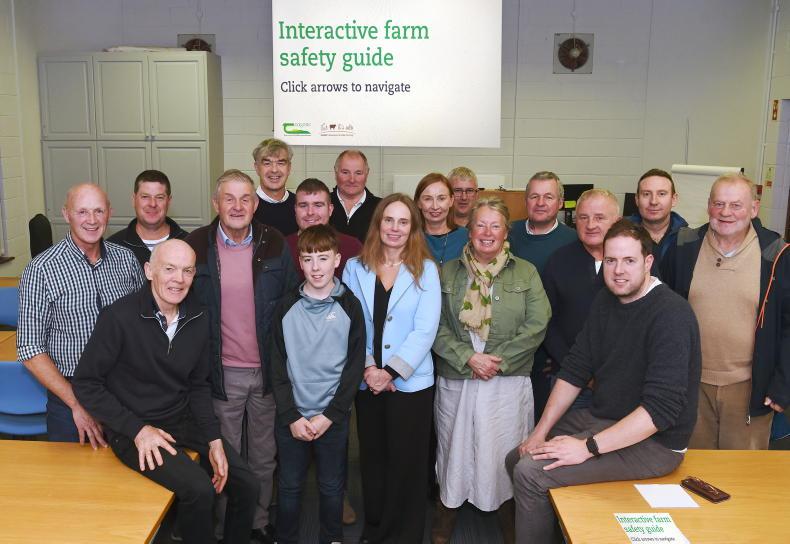
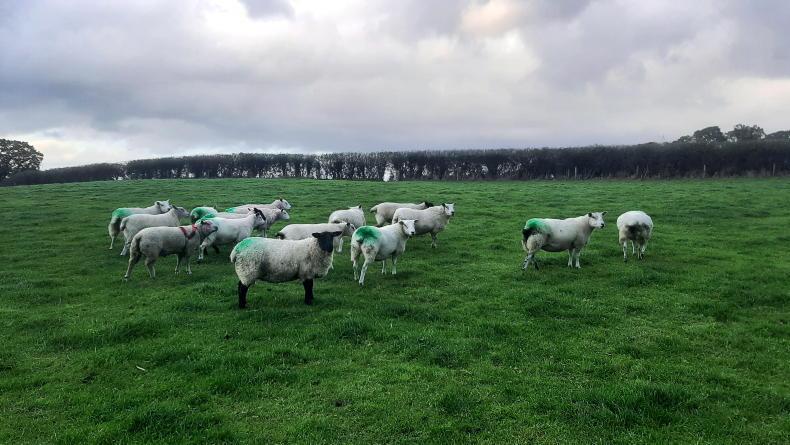
SHARING OPTIONS